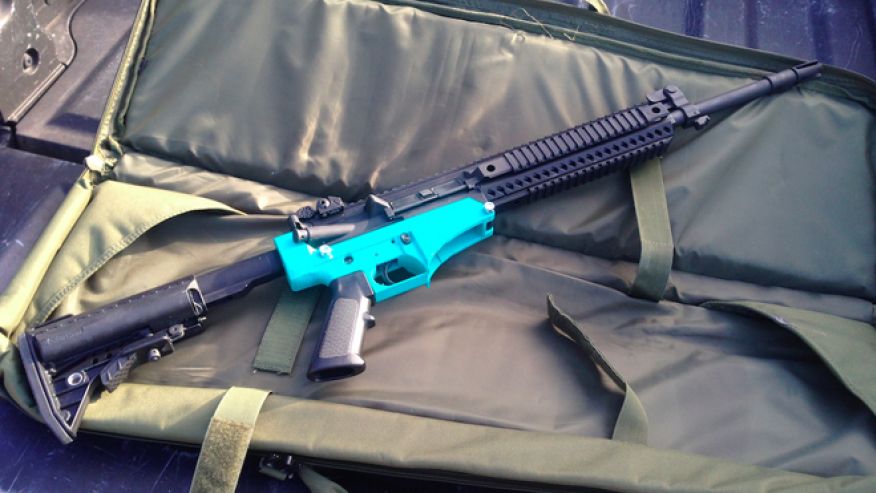The 3D Printing Revolution
[dropcap size=small]W[/dropcap]e are on the brink of a revolution that will completely alter our economy. As 3D printing develops, so too will the economic playing field change forever. First debuted making simple trinkets, additive manufacturing technology has now made AR-15 lower receivers capable of firing 7.62x51mm rounds. The machine responsible cost a mere $500. This is arguably one of the biggest development in 3D printing, but it’s only the beginning.
There are a variety of methods and technology used by printers. In short, a tool head layers ABS plastic and bonds it with heat. Material and dimensional tolerances are the two major hurdles, but, thanks to free minds and markets, that is changing.
You can actually buy metallurgic printers for a whopping $1 million, which is not a price point for the average consumer. Start-up company MatterFab released their intentions of bringing a new printer to market. Their printer, which has successfully manufactured metallic parts, will be ready this year at a more consumer friendly price.
For years, scientists have been able to print non-functioning organs. Researchers from Australia and the United States have now bio-printed capillaries, tiny channels that allow vascularization for cells to sustain and survive. This major medical breakthrough is now that much closer to 3D bio-printing functioning organs available for human transplant. Scientists speculate that might be years in the making, but they admittedly see inaccuracy in their prediction.
In China, a 3D printer successfully manufactured an apartment building in 24 hours. The printer, with a 20’ x 33’ x 132’ envelope, fabricates large piece that are then assembled on site and reinforced with steel. Waste, production time, and labor costs reduced by 40%, 50%, and 80% respectively. The 10-unit villa cost a measly $161,000 to build complete.
Three-dimensional printing will be crucial to protecting economic freedom and civil liberties. Government banned guns? Want to manufacture and sell your ideas without the litany of permits and licenses? 3D printing is for you! The free market has, yet again, become big government’s worst nightmare: people making things in their home outside of the regulatory grip.
Bureaucrats are already cowering at the idea of 3D printed freedom. Shortly after the first printing of a handgun, Philadelphia busy-bodies immediately banned 3D printed firearms. The same is happening in New York.
Although only case events, these developments provide substantial evidence for how the technology will change the future. I can only begin to speculate the immense value of additive manufacturing in economic terms. Firms will save from reduced inputs and pass it on to consumers. The entire economy will become more competitive as consumers decide between make or buy.
Robert Gordon, a scholar at the National Bureau of Economic Research, believes that 3D printing will be a saving grace from a gloomy economic forecast. Even he cannot quantify the outcome.
As someone currently working in high-tech manufacturing, I personally believe that 3D printing will experience exponential growth. From year to year, developments will become more significant whether it be in modelling and programming or operational technology. We have only begun to realize the benefits.
One day we could be flying in 3D printed airplanes. After all, GE Aviation plans to attempt just that by 2016.





1 comment